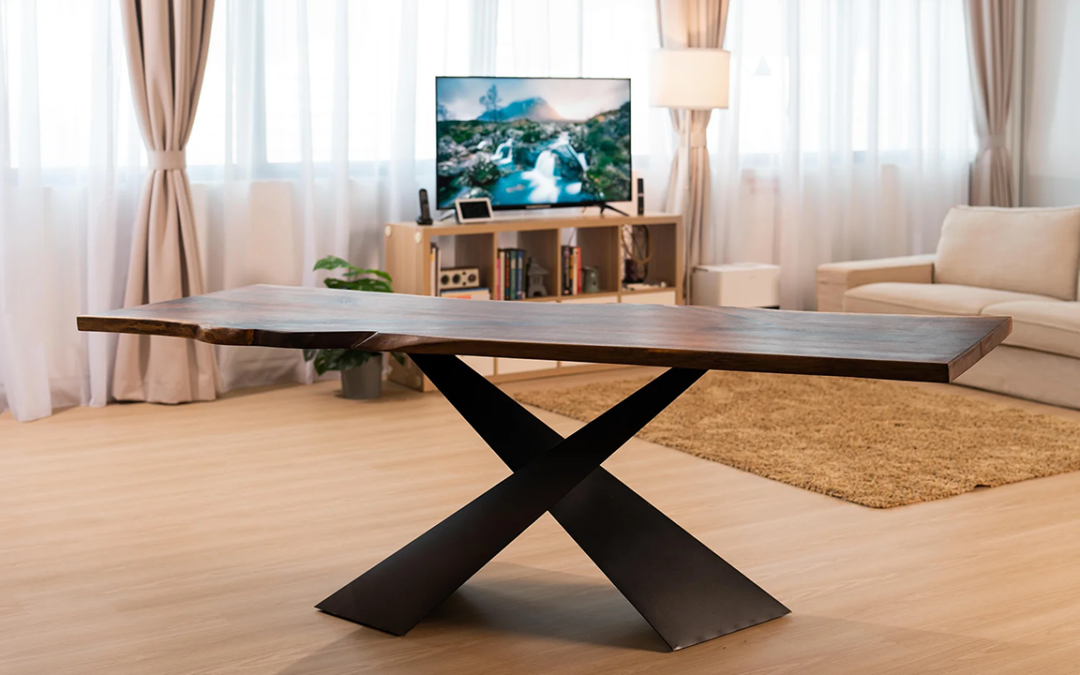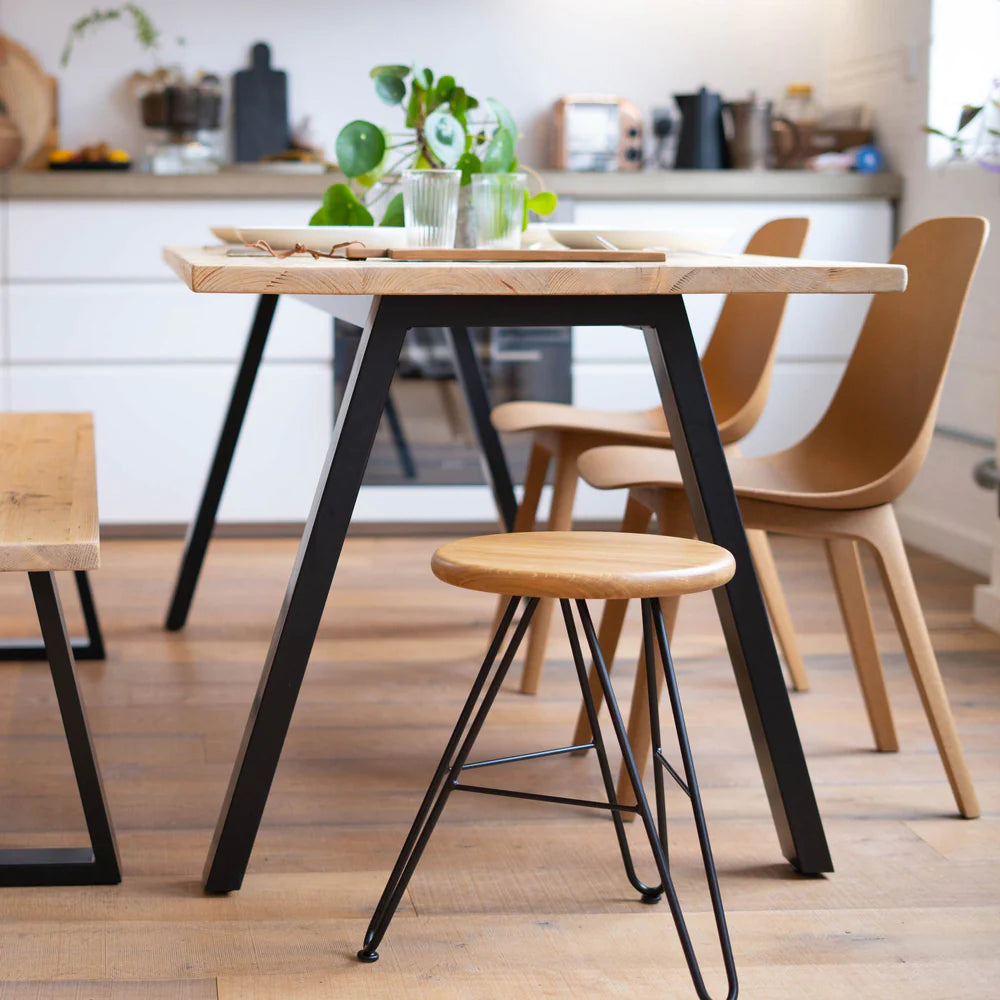Discover the Best Materials for Dining Room Table Legs for each Design
Discover the Best Materials for Dining Room Table Legs for each Design
Blog Article
Picking the Perfect Eating Table: What Styles Work Best for Your Home?
Selecting the suitable dining table for your home can be a nuanced process that stabilizes aesthetics and performance. To browse these selections efficiently and discover a table that absolutely complements your home, think about the adhering to facets in detail.
Evaluating Your Area
Reviewing the measurements and layout of your dining area is a critical first step in choosing the best table. Begin by gauging the size and size of the area, accounting for doorways, home windows, and various other building attributes that can affect table positioning. This ensures that your table not only fits but also allows for comfortable movement around it.
Consider the number of people you generally captivate. A table must fit your family's everyday requirements while providing adequate flexibility for occasional guests. Generally of thumb, allocate at the very least 24 inches of table size each to make sure a comfy dining experience.
It's also important to maintain appropriate clearance around the table. Preferably, there must be at least 36 inches in between the table side and walls or other furnishings, making it possible for simple gain access to and movement. For spaces where chairs with arms or added storage space units like buffets are involved, raising this clearance to 48 inches is a good idea.
Lighting and ambience play considerable roles. Make certain that your eating table aligns with existing lights fixtures or prepare for sufficient illumination remedies. This detailed spatial evaluation guarantees that your table not only fits literally however also integrates with your space's total performance and aesthetic.
Popular Table Styles

Standard eating tables commonly include elaborate details, curved legs, and rich timber coatings, stimulating a sense of timeless elegance. They are perfect for homes with classic style or those aiming to include a touch of class to their dining area.
Modern eating tables focus on simplicity and clean lines, often incorporating materials like glass and steel. These tables are excellent for modern spaces, providing a streamlined and clean look that complements minimal style philosophies.
Rustic table, on the other hand, emphasize all-natural materials and a handcrafted look - dining room table legs. They typically feature redeemed wood and a troubled surface, creating a cozy and inviting ambience. These tables work well in farmhouse-style homes or those seeking a relaxing, organic feeling
Industrial dining tables incorporate resources such as steel and wood, often showcasing a practical aesthetic. This design is well-suited for loft spaces or urban rooms, adding a blog touch of sturdy charm and longevity to the dining experience.
Each design provides distinctive advantages, making it necessary to select one that straightens with your home's general layout and your personal choices.
Product Options
When picking a dining table, the option of product plays an important duty in identifying both the table's aesthetics and performance. Timber, steel, glass, and composite materials each deal one-of-a-kind benefits and difficulties, making it important to straighten the product with your home's design and way of life demands.
Wood is an ageless and flexible alternative, available in ranges such as oak, walnut, and mahogany. Known for its sturdiness and warmth, timber complements both standard and contemporary insides. It requires regular maintenance to stop scrapes and bending.
Steel tables, often crafted from stainless steel, aluminum, or wrought iron, are applauded for their contemporary charm and effectiveness. They are specifically matched for commercial or minimal setups yet can be vulnerable to damages and might really feel cool to the touch.
Glass table bring an air of style and visibility, perfect for smaller sized areas as they produce an impression of more space. While simple to clean, glass can be vulnerable to smudges and requires careful handling to stay clear of chips and splits.
Composite products, such as MDF and plywood, deal economical and adjustable services, though they may lack the long life of all-natural products. Choosing the right material guarantees your eating table is both a practical asset and an aesthetic joy.
Forming and Size Considerations
After establishing the proper material for your dining table, the following factor to consider is choosing the right form and dimension to suit your space. The form of the table substantially influences the area's visual and functionality. Rectangle-shaped tables, one of the most common form, are suitable for larger rooms and can suit this website a higher variety of guests. They also enable a much more official dining experience. Alternatively, rounded tables foster a feeling of intimacy and are superb for smaller eating areas, urging discussion by eliminating edges and making everyone really feel equally consisted of.
Size is just as essential and must be determined by both the space's dimensions and the number of individuals you intend to seat regularly. As a policy of thumb, allot a minimum of 24 inches of table width each to ensure comfortable dining. In addition, consider the table's clearance space: there must go to the very least 36 inches between the table edge and the walls or various other furnishings. This ensures that diners discover here can move quickly without really feeling confined. Extending tables offer versatility if you often organize bigger celebrations, providing additional seating when needed without occupying additional area daily. Choosing the ideal sizes and shape makes certain both usefulness and visual consistency in your eating location.
Matching Your Style
Choosing a dining table that balances with your existing style is critical in developing a cohesive and welcoming room. A smooth, minimal table with tidy lines is optimal for a modern-day home, while a vintage, ornate table fits an extra conventional setup.
If your decoration features warm tones and natural materials, consider a wood table to boost the natural feel. Conversely, a glass or metal table may be a lot more ideal in a space dominated by amazing colors and industrial aspects.
A rough-hewn, redeemed wood table can add personality to a rustic area, while a refined marble surface can raise a luxurious dining area. A well-matched dining table not just boosts aesthetic charm yet additionally improves the general dining experience.

Final Thought
Selecting the optimal dining table requires cautious consideration of space, style, materials, form, and dimension. Typical tables enhance timeless insides with rich wood finishes, while modern tables match modern setups with glass and metal.
Report this page